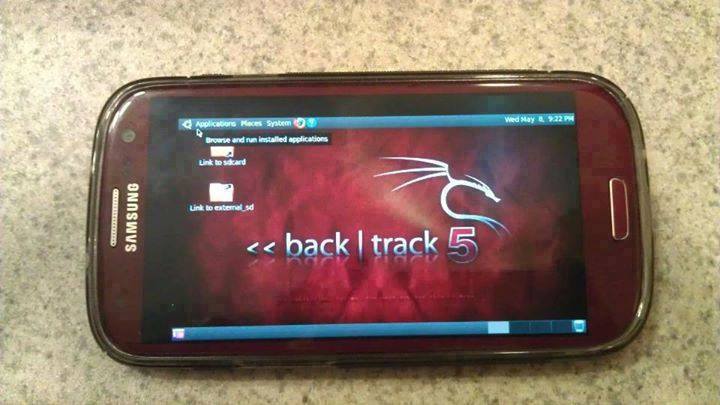It's a 32bits elf binary of some version of vsftpd, where it have been added a backdoor, they don't specify is an authentication backdoor, a special command or other stuff.
I started looking for something weird on the authentication routines, but I didn't found anything significant in a brief period of time, so I decided to do a bindiff, that was the key for locating the backdoor quickly. I do a quick diff of the strings with the command "strings bin | sort -u" and "vimdiff" and noticed that the backdoored binary has the symbol "execl" which is weird because is a call for executing elfs, don't needed for a ftp service, and weird that the compiled binary doesn't has that symbol.
Looking the xrefs of "execl" on IDA I found that code that is a clear backdoor, it create a socket, bind a port and duplicate the stdin, stdout and stderr to the socket and use the execl:
There are one xrefs to this function, the function that decides when trigger that is that kind of systems equations decision:
The backdoor was not on the authentication, it was a special command to trigger the backdoor, which is obfuscated on that systems equation, it was no needed to use a z3 equation solver because is a simple one and I did it by hand.
The equation:
cmd[0] = 69
cmd[1] = 78
cmd[1] + cmd[2] = 154
cmd[2] + cmd[3] = 202
cmd[3] + cmd[4] = 241
cmd[4] + cmd[5] = 233
cmd[5] + cmd[6] = 217
cmd[6] + cmd[7] = 218
cmd[7] + cmd[8] = 228
cmd[8] + cmd[9] = 212
cmd[9] + cmd[10] = 195
cmd[10] + cmd[11] = 195
cmd[11] + cmd[12] = 201
cmd[12] + cmd[13] = 207
cmd[13] + cmd[14] = 203
cmd[14] + cmd[15] = 215
cmd[15] + cmd[16] = 235
cmd[16] + cmd[17] = 242
The solution:
cmd[0] = 69
cmd[1] = 75
cmd[2] = 79
cmd[3] = 123
cmd[4] = 118
cmd[5] = 115
cmd[6] = 102
cmd[7] = 116
cmd[8] = 112
cmd[9] = 100
cmd[10] = 95
cmd[11] = 100
cmd[12] = 101
cmd[13] = 106
cmd[14] = 97
cmd[15] = 118
cmd[16] = 117
cmd[17] = 125
The flag:
EKO{vsftpd_dejavu}
The binary:
https://ctf.ekoparty.org/static/pre-ekoparty/backdoor
The binary:
https://ctf.ekoparty.org/static/pre-ekoparty/backdoor











